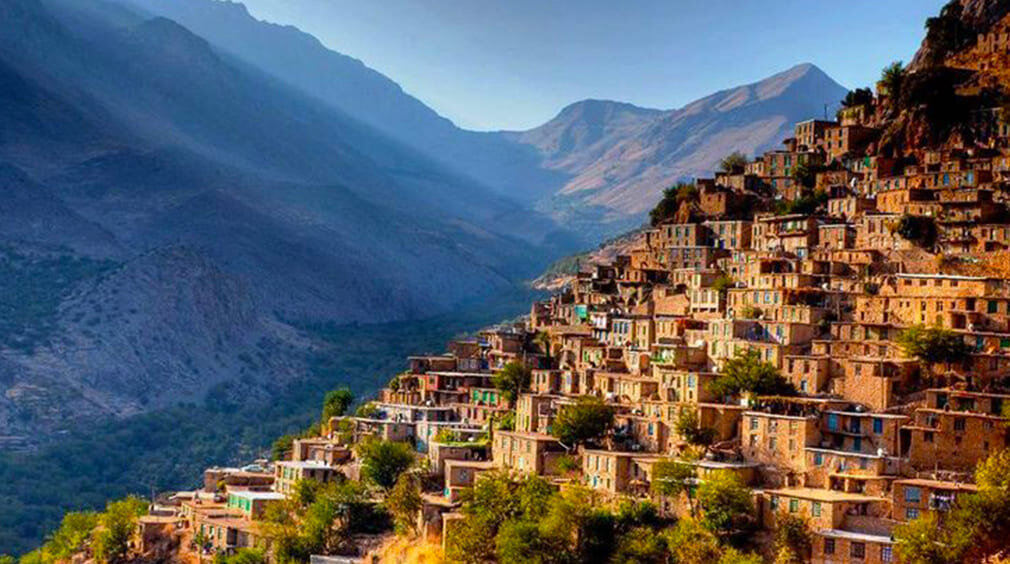Developing health tourism in Uramanat leads to economic growth, expert says

TEHRAN – Economic and social development of the UNESCO-designated Uramanat can be achieved through strengthening health tourism in the western Iranian region, a tourism expert has said.
Uramanat draws significant numbers of medical tourists and sightseers from Iraq’s Kurdistan Region so that the development of health tourism in Uramanat can contribute significantly to its economic and social development, IRNA quoted Fariba Maleki as saying on Saturday.
Uramanat is famous for its rare medicinal plants, vegetation, breeding of leeches and scorpions, infrastructure for health tourism, and its traditional medicine, she explained.
Several factors attract health tourists from the Kurdistan Region of Iraq, including the climate of the region, which consists of four seasons, and proximity to the neighboring Iraqi country, she added.
According to available data, Iran hosts an average of one million medical tourists each year. “About one million medical tourists, mainly from the neighboring countries, arrive in Iran annually,” Mohammadreza Tarjoman, who presides over the Health Ministry’s tourism office, said last April.
“The majority of inbound medical passengers come from the neighboring countries, including Iraq and Afghanistan,” the official said. Talking about hospitals and clinics, he said a selection of 200 Iranian medical centers have permission to accept foreign patients.
Experts believe medical tourism in Iran is a win-win opportunity both for the country and foreign patients, as they are offered affordable yet quality treatment services and the country gains considerable foreign currency. Amongst Iran’s trump cards are the presence of credible surgeons and physicians, cutting-edge medical technologies, high-tech medicine and diverse specializations, super affordable procedures, and finally its hospitable people.
Iran seeks to exceed its yearly medical travelers to around two million in [calendar year] 1404 (March 2025-March 2026).
Stretched on the slopes of Sarvabad county at the heart of the Zagros Mountains and shared between the provinces of Kordestan and Kermanshah in western Iran, the Uramanat cultural landscape embraces hundreds of villages, 106,000 hectares of land, and 303,000 hectares of surrounding properties.
Archaeological findings dating back about 40,000 years, caves and rock shelters, ancient paths and was along the valleys, motifs and inscriptions, cemeteries, mounds, castles, settlements, and other historical evidence attest to the continuity of life in the Uramanat region from the Paleolithic to the present time.
According to the UN body, Uramanat is an exceptional testimony to a cultural tradition of the semi-nomadic agropastoral way of life of the Hawrami people, a Kurdish tribe that has resided in the Zagros Mountains for millennia. This outstanding cultural tradition is manifested in the ancestral practices of transhumance, the mode of seasonal living in Havars, steep-slope terraced agriculture, soil and water management, traditional knowledge for planning and constructing steeply terraced villages, and rich diversity of intangible heritage, all reflecting harmonious co-existence with nature.
ABU/AM
Leave a Comment